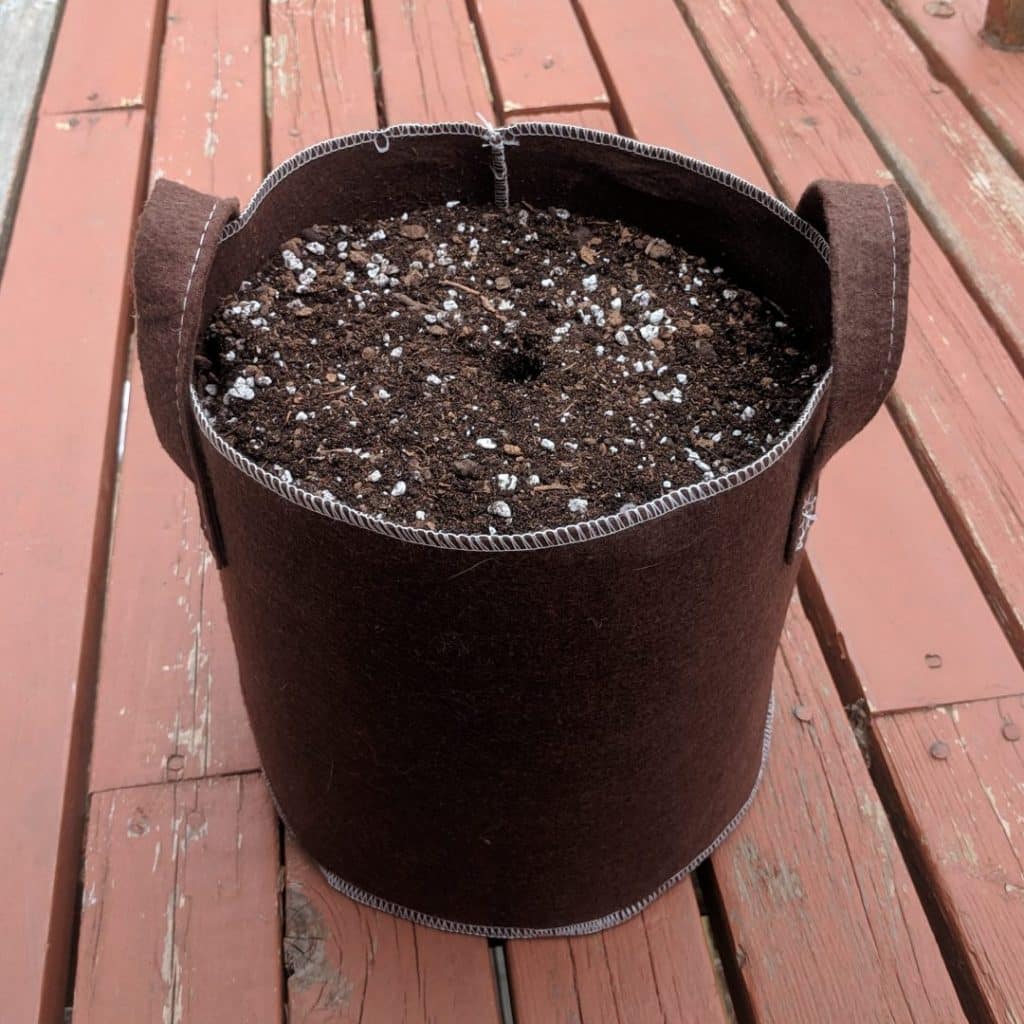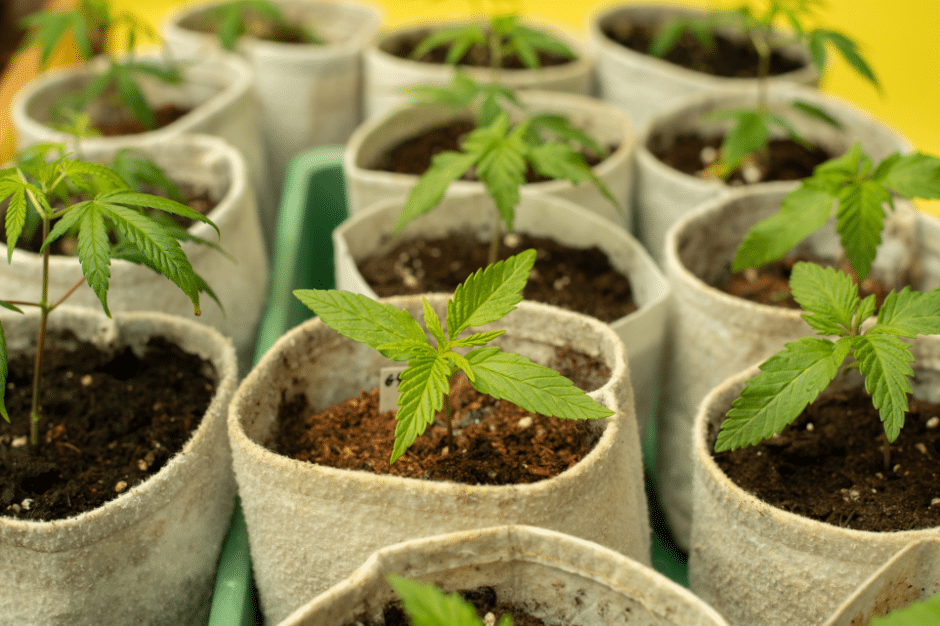Interesting Facts about fabric planters for cannabis plants
Nutrient Absorption: Fabric planters promote better nutrient absorption by facilitating the development of a more extensive root system. The air pruning process encourages the growth of lateral roots, which increases the surface area available for nutrient uptake. This enhanced nutrient absorption can result in healthier and more vigorous cannabis plants.
Reduced Risk of Mold and Mildew: Fabric planters allow for better airflow around the roots and through the soil, reducing the risk of mold and mildew formation. Adequate airflow helps to prevent moisture buildup and creates a healthier growing environment for cannabis plants.

Versatility: Fabric planters come in various sizes and shapes, allowing growers to choose the most suitable option for their specific needs. From small individual fabric pots to larger grow bags, the versatility of fabric planters enables growers to adapt to different cultivation setups and optimize space utilization.
Portability: Fabric planters are lightweight and easy to move, making them convenient for growers who may need to relocate their plants or adjust their growing setups. The flexibility of fabric planters allows for greater maneuverability and adaptability in various growing environments.
Root Zone Temperature Stability: The breathable fabric walls of fabric planters help maintain a more stable root zone temperature. Fluctuations in temperature can stress cannabis plants and affect their growth and development. By providing insulation and preventing extreme temperature changes, fabric planters create a more favorable environment for root health.
Compatibility with Different Growing Mediums: Fabric planters can be used with various growing mediums, like soil and coco coir. Their versatility allows growers to choose the growing medium that suits their preferences and cultivation techniques while still benefiting from the advantages of fabric planters.
Sustainability: Fabric planters are reusable and eco-friendly compared to single-use plastic pots. Their durability and ability to withstand multiple growing cycles contribute to a more sustainable approach to cannabis cultivation. By choosing fabric planters, growers can reduce their environmental impact and promote a greener growing practice.
Prevention of Root Binding: Fabric planters prevent root binding, a common issue with plastic pots. In plastic pots, roots tend to grow in a circular pattern and can become tangled and constricted. This can restrict nutrient uptake and lead to stunted growth. Fabric planters, on the other hand, promote natural root pruning and prevent root circling, allowing for healthier root development and optimal nutrient absorption.
Enhanced Microbial Activity: The breathable nature of fabric planters promotes a healthy microbial ecosystem in the soil. Beneficial microbes play a crucial role in breaking down organic matter and making nutrients more available to cannabis plants. The improved airflow and oxygenation in fabric planters create an environment conducive to microbial activity, resulting in healthier soil and improved plant growth.
Better Water Distribution: Fabric planters promote more even water distribution throughout the growing medium. The porous fabric allows water to permeate evenly, preventing dry spots or water pooling in certain areas. This consistent water distribution helps prevent overwatering or underwatering issues and ensures that all parts of the root system receive adequate moisture.
Root System Insulation: Fabric planters provide insulation to the root system, protecting it from extreme temperatures. In hot climates, the fabric helps to keep the roots cooler by dissipating excess heat. In colder climates, the fabric acts as a barrier, insulating the roots and protecting them from freezing temperatures. This insulation effect contributes to the overall health and vitality of the cannabis plants.
Training Flexibility: Fabric planters offer more flexibility when it comes to training techniques such as topping, pruning, or using support structures like trellises. The fabric material is more pliable than plastic, making it easier to manipulate the plants and adjust their growth patterns. This flexibility allows growers to optimize their training methods and achieve better canopy management.


